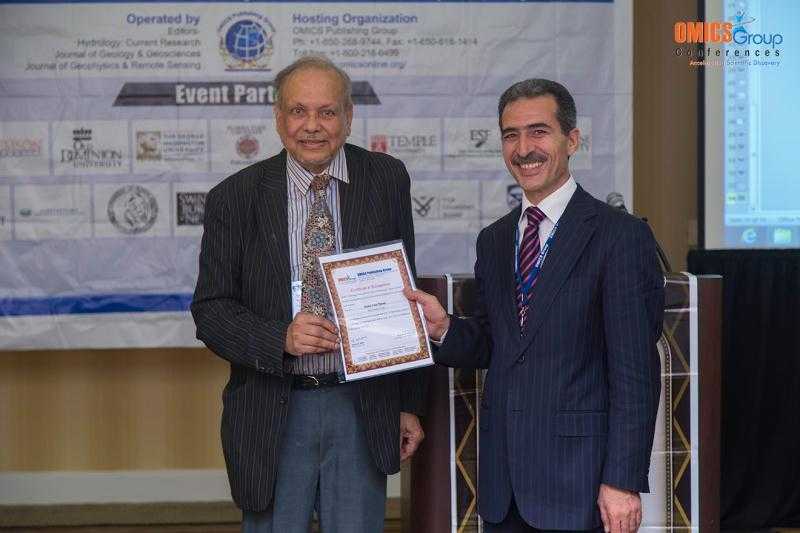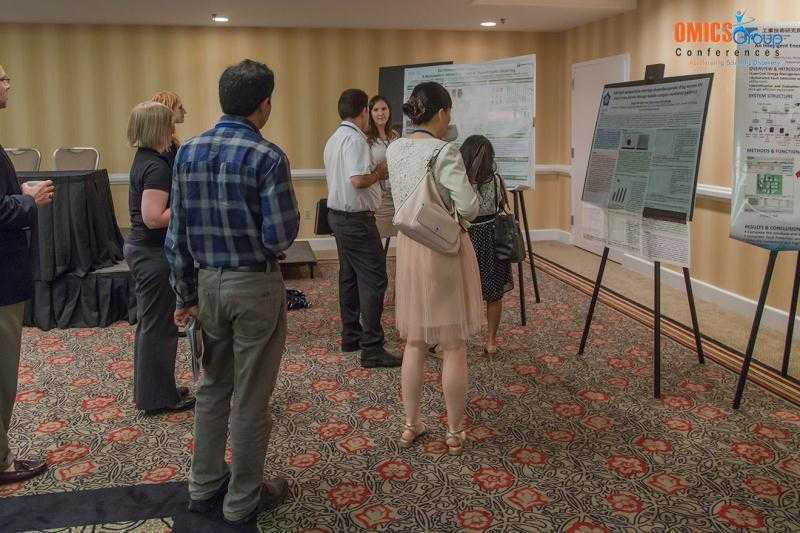
Mohiuddin Ali Khan
Temple University, USA
Title: Recent developments in the regression methods for computing peak flood discharges
Biography
Mohiuddin Ali Khan, P.E. has M. Phil., and DIC from University of London and Ph.D. in structural engineering fromSouthampton University, England. He conducted post-doctoral research at Northwestern University, Evanston, IL He is Adjunct Professor at Temple University, founder of Structural Engineering Institute in Philadelphia and serves as ASCE Director. He designed many Northeast USA river bridges with innovative countermeasures. He is author of several textbooks and numerous research papers in hydrology and rehabilitation of bridges and earthquakes.
Abstract
The standard flood discharge computing techniques are reviewed. They include the rational method, probability distribution / statistical analysis of gauge discharge data, regression analysis of correlating watershed characteristics to flood discharge and the unit hydrograph techniques. The rainfall and river discharge data in Pakistan is collected through telemetric/gauge supplemented by meteor-burst communication system. Flood Early Warning System (FEWS developed by Delft Hydraulics) and Integrated Flood Analysis System (IFAS developed by ICHARM, Japan) for flood forecasting, flood control and disaster management can be used in Pakistan with the StreamStats hydrologic method developed by USGS. The recommended streamflow statistics tools for user-selected ungauged sites in StreamStats are by using "Estimate Flows Using Regression Equations" and "Generate Flows Based on Similar Gages". The data input, for basin characteristics in the regression methods has many approximations, for the un-gauged sites (when the distance from the gauged site is large) and also when the data input is not reliable enough. StreamStats extrapolated estimates for un-gauged sites still are the best estimates but percentile errors can be over 50%. StreamStats method provides tools and base maps which may verify the accuracy of the basin delineations, by correcting them. Examples of hydrology studies at bridge locations at rivers in Northeast USA and in Pakistan are presented. Accurate databases for the physical factors such as the drainage area, longitudinal slope of river and population density etc. are necessary. They can be developed in Pakistan for use with modified StreamStats procedures.
Speaker Presentations
Speaker PDFs



